There is certain confusion regarding the correct horticultural name; whichever, it is a spreading deciduous tree with a spiny trunk and shoots. Native to North America, the Honey Locust grows to heights of 30 metres or more. Glossy, pinnate dark green leaves to 25cm in length turn yellow in autumn and are composed of 14 - 24 leaflets. There are a number of varieties of Gledista tricanthos of which 'Rubylace' is notable for its dark bronze-red leaves that turn to a bronze-green colour by the summer. It is a popular ornamental plant being tolerant of poor growing conditions.
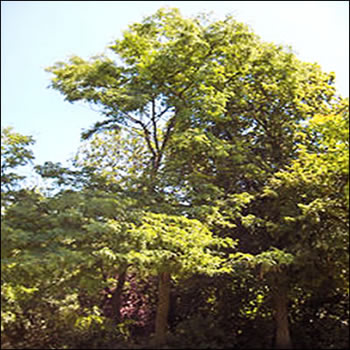
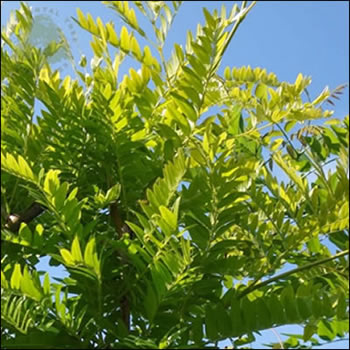
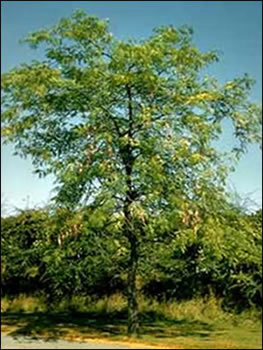
They are quite frequently used as bonsai, but really not suitable for high quality styling; the leaves do not readily reduce in size because they grow in a compound pinnate form.
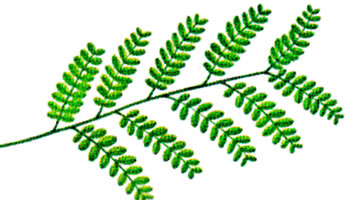
- If growing as bonsai look to obtaining the non-thorny variety as the thorns are very large and a challenge to bonsai work.
- Position in full sun and protect from frost below -5°C to avoid twig dieback.
- Feed every two weeks throughout the growing season.
- Repot every two to three years in spring as buds extend.
- Hard prune or carry out formative pruning in late winter. Trim new growth as necessary.
- Style as Informal upright forms with single or multiple trunks in small to medium sizes.
It is an elegant and hardy tree with delicate fern-like leaves that turn pale yellow in autumn. Branches of most varieties are covered in long distinctive three pointed thorns.
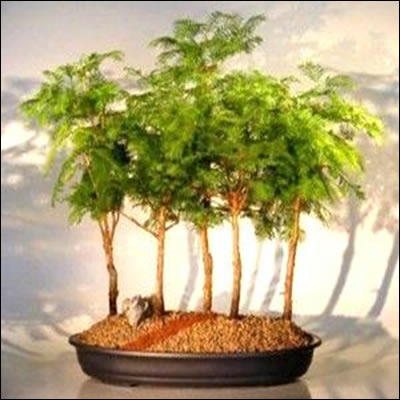

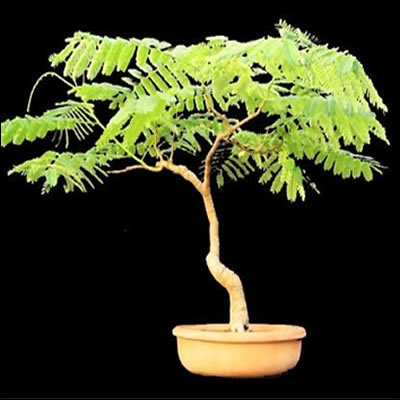
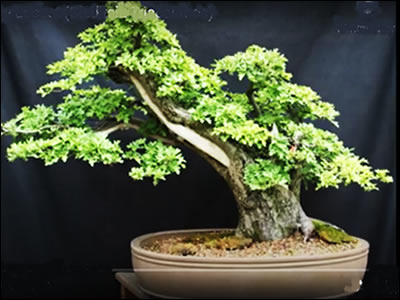
Web design: nysys